<< Previous | Displaying results 71-80 of 128 for "Nazi Book Burning" | Next >>
Walther Rathenau was a liberal democratic politician and the first Jew to hold a cabinet post in Germany. His books were burned in Nazi Germany in 1933. Learn more.
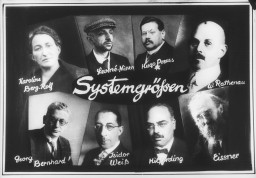
Karl Marx was a political theorist and philosopher. He published “The Communist Manifesto” with Friedrich Engels. His works were burned in Nazi Germany in 1933.
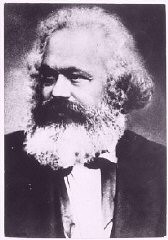
A leading researcher of sex, sexuality, and gender, German Jewish doctor Magnus Hirschfeld was forced to live in exile after the Nazi rise to power.
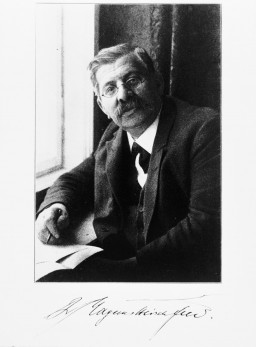
Nazi efforts to control forms of communication through censorship and propaganda included control of publications, art, theater, music, movies, and radio.
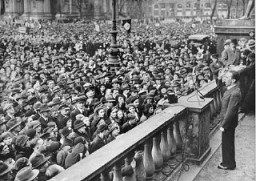
Ernest Hemingway was a legendary American author. In 1933, his classic novel, "A Farewell to Arms," was burned under the Nazi regime. Learn more.
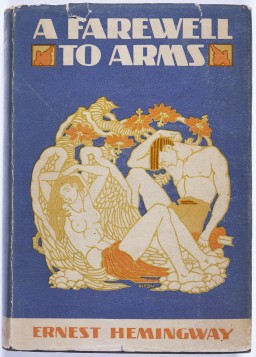
Antisemitism (hatred of Jews) predominated in Nazi ideology. The Nazis built upon centuries of anti-Jewish sentiment. Learn about antisemitism in Nazi ideology.
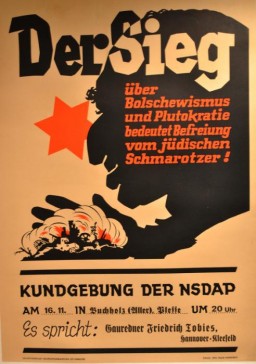
Josef Stalin was the General Secretary of the Soviet Communist Party and the head of the Soviet state. His works were burned in Nazi Germany in 1933. Learn more.
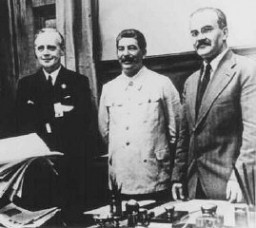
American judge Benjamin Barr Lindsey and his wife on a ship. Judge Lindsey's writings were among the texts the Nazis singled out during the 1933 public burnings of books. Photo dated December 4, 1915.
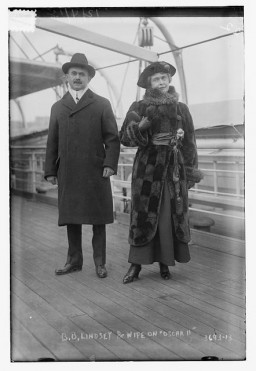
Nazi student groups played a key role in aligning German universities with Nazi ideology and in solidifying Nazi power.

In Nazi Germany, a chief role of culture was to disseminate the Nazi worldview. Arts and cultural organizations were to be synchronized with Nazi ideology and policy.
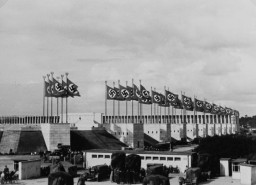
We would like to thank Crown Family Philanthropies, Abe and Ida Cooper Foundation, the Claims Conference, EVZ, and BMF for supporting the ongoing work to create content and resources for the Holocaust Encyclopedia. View the list of donor acknowledgement.